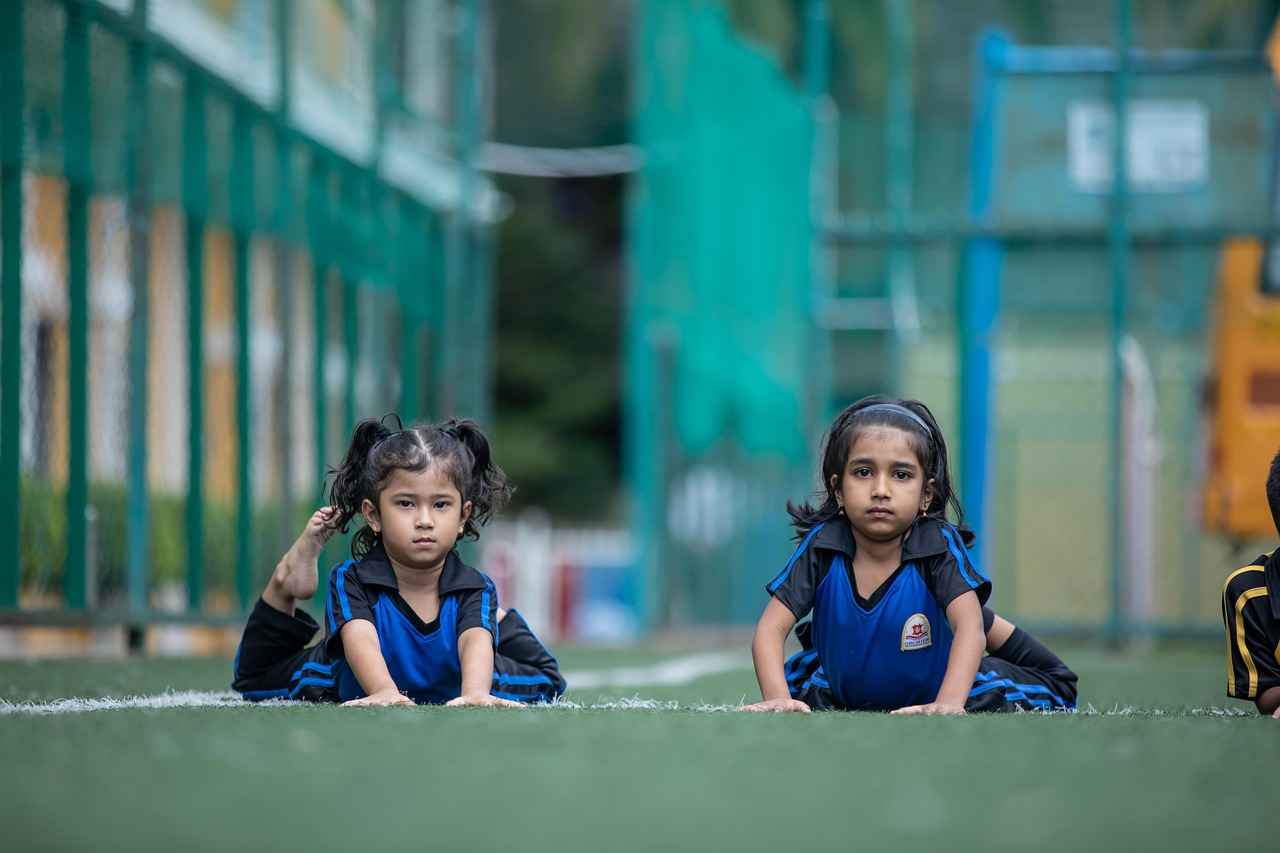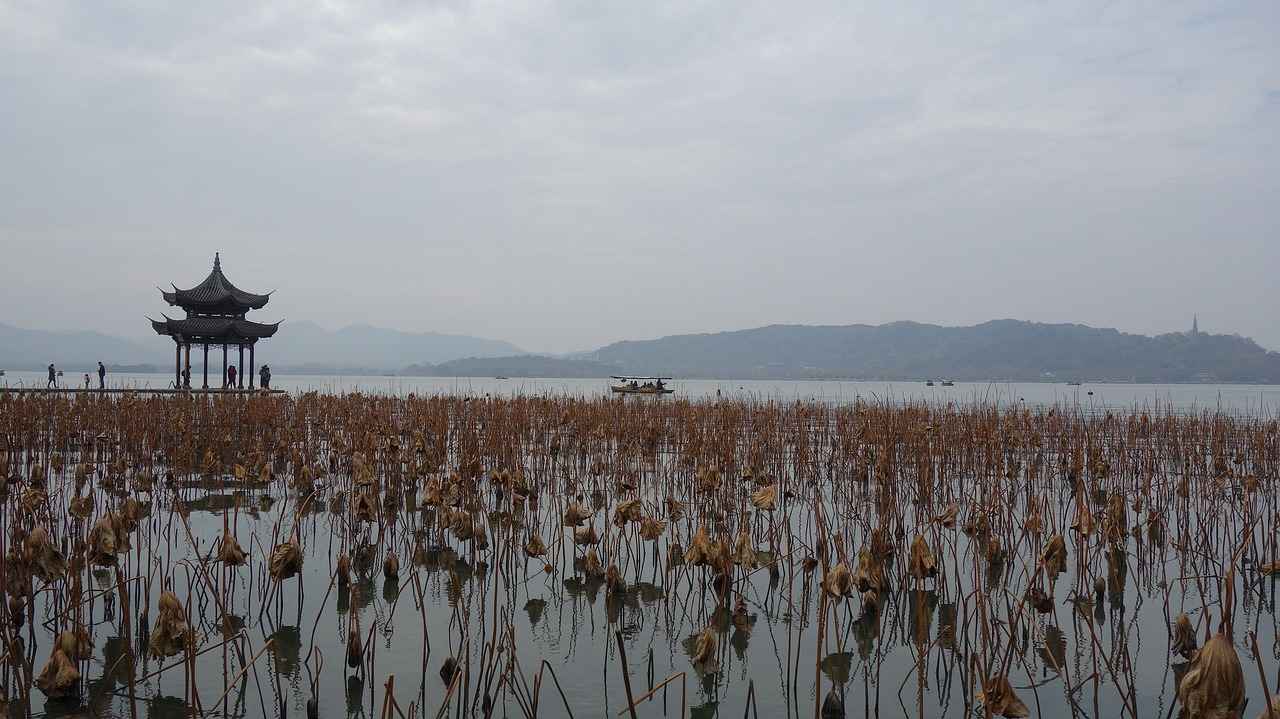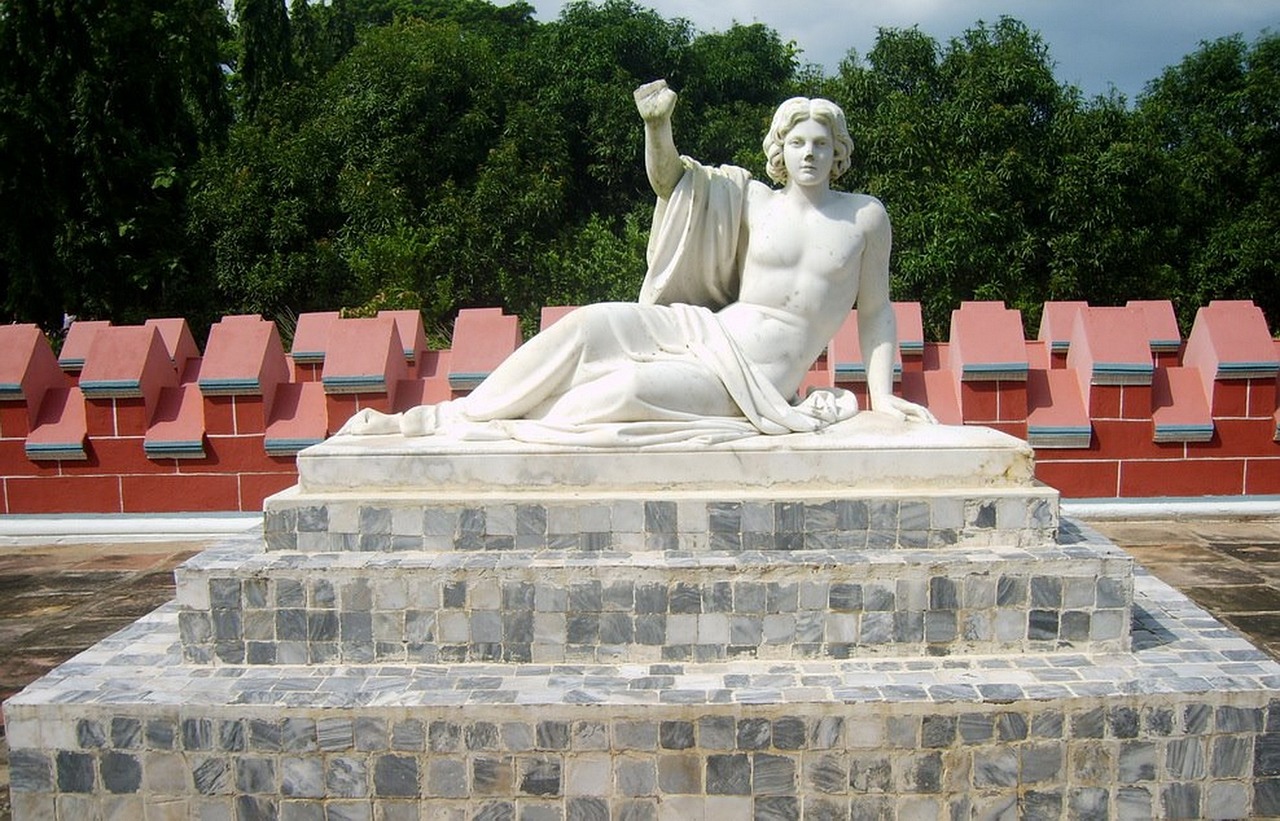This article delves into the distinctive political environment of West Bengal, exploring the myriad of historical, cultural, and social influences that shape its governance and electoral dynamics. The state’s political landscape is not just a reflection of its current leaders but is also deeply rooted in its past and cultural heritage.
Historical Context of West Bengal Politics
To understand West Bengal’s political landscape, it is imperative to consider its historical context. The region has experienced significant transformations from colonial rule to independence, which have profoundly influenced its political ideologies. The legacy of the British colonial period and the subsequent struggle for independence have left lasting impressions on its governance structures.
The Role of Political Parties in West Bengal
Political parties in West Bengal are pivotal in shaping the state’s policies and governance. The dominance of the Trinamool Congress and the Left Front illustrates the dynamic nature of political affiliations and their impact on the electorate.
- Trinamool Congress: Rise to Power – The ascent of the Trinamool Congress is a significant chapter in West Bengal’s political history, characterized by grassroots mobilization and charismatic leadership.
- Left Front: Historical Significance – The Left Front’s prolonged governance has established a legacy that continues to influence political ideologies and social policies in the region.
Cultural Influence on Political Ideologies
The rich cultural tapestry of West Bengal, encompassing literature, art, and festivals, plays a vital role in shaping political ideologies. The vibrant Bengali literature and arts have historically fueled political movements, fostering a unique blend of cultural identity and activism.
Electoral Dynamics in West Bengal
The electoral landscape in West Bengal is marked by high voter engagement and competitive elections. Understanding voter demographics is essential for analyzing electoral trends, while challenges such as political violence and electoral malpractices pose significant threats to democratic integrity.
Conclusion
In conclusion, West Bengal’s political environment is a complex interplay of historical legacies, cultural influences, and dynamic party politics. This unique landscape not only shapes governance but also reflects the aspirations and challenges of its people.

Historical Context of West Bengal Politics
Understanding the historical context of West Bengal politics is crucial for comprehending its unique political landscape. The region’s political evolution has been profoundly shaped by its colonial past, the struggle for independence, and subsequent socio-economic changes.
During the British colonial era, West Bengal emerged as a focal point of nationalist movements. The impact of colonial policies, such as land revenue systems and the introduction of Western education, played a significant role in shaping the political consciousness of its people. The Bengal Renaissance, a cultural and intellectual movement, fueled a sense of identity and resistance against colonial rule, setting the stage for future political developments.
Following independence in 1947, West Bengal faced numerous challenges, including the partition of India, which led to a massive influx of refugees and significant demographic shifts. This influx not only altered the socio-political fabric of the state but also intensified competition for resources and political power. The rise of leftist ideologies in the mid-20th century, particularly with the formation of the Left Front, marked a significant turning point in West Bengal’s political history. The Left Front’s governance from 1977 to 2011 introduced various social welfare programs and land reforms, which aimed to address the needs of the marginalized sections of society.
Moreover, the post-2011 political landscape has been dominated by the Trinamool Congress, which emerged as a formidable force against the Left Front, advocating for a more inclusive and development-oriented approach. This shift reflects the dynamic nature of West Bengal’s politics, influenced by both historical legacies and contemporary challenges.
In conclusion, the historical backdrop of West Bengal’s political landscape is a tapestry woven from colonial experiences, the fight for independence, and ongoing socio-economic transformations. Understanding these factors is essential to grasp the complexities of its current political dynamics.

The Role of Political Parties in West Bengal
Political parties are fundamental to the functioning of democracy, and in West Bengal, they play an especially crucial role in shaping policies and governance. This state, known for its vibrant political culture, has a history marked by the influence of various political entities. Among these, the Trinamool Congress (TMC) and the Left Front have emerged as dominant forces, each contributing uniquely to the political landscape.
The Trinamool Congress, led by Mamata Banerjee, has become synonymous with grassroots activism. Since its rise to power in 2011, the TMC has focused on social welfare programs and initiatives aimed at improving the lives of the common people. Their policies often emphasize education, healthcare, and infrastructure development, reflecting a commitment to uplift marginalized communities. The party’s ability to connect with the electorate through local issues has been a key factor in its electoral success.
On the other hand, the Left Front, which dominated West Bengal for over three decades, has left an indelible mark on the state’s political ideologies. Their governance was characterized by a focus on land reforms and social justice, which aimed to address historical inequalities. The legacy of the Left Front continues to influence political discourse, with many voters recalling their tenure as a period of stability and development.
In conclusion, the interplay between the Trinamool Congress and the Left Front illustrates the dynamic nature of West Bengal’s political environment. As these parties continue to evolve, their impact on governance and policy-making will remain significant, shaping the future of the state in profound ways.
Trinamool Congress: Rise to Power
The Trinamool Congress (TMC) has emerged as a formidable political force in West Bengal, reshaping the state’s political landscape since its inception in 1998. Founded by Mamata Banerjee, the party has successfully mobilized grassroots support, making significant inroads against the long-standing dominance of the Left Front.
One of the key factors contributing to the TMC’s rise is its ability to connect with the common people. The party has effectively harnessed local issues, addressing the concerns of farmers, laborers, and the urban poor. This grassroots mobilization has been complemented by a strong leadership style, characterized by Mamata Banerjee’s charismatic presence and her commitment to social justice.
The TMC’s electoral strategy has also played a crucial role in its success. By focusing on inclusive policies and welfare programs, the party has appealed to a broad spectrum of voters. Initiatives such as the Kanyashree Prakalpa, which aims to empower young girls through education and financial support, have resonated deeply with the electorate.
Moreover, the TMC has adeptly utilized social media and modern communication tools to engage with voters, particularly the youth. This innovative approach has allowed the party to counter opposition narratives and maintain a strong presence in the digital space.
Despite facing challenges, including allegations of corruption and political violence, the TMC has managed to retain its popularity. The party’s ability to adapt to changing political dynamics and respond to the needs of its constituents has solidified its position as a key player in West Bengal’s politics.
In conclusion, the rise of the Trinamool Congress is a testament to its effective grassroots mobilization and leadership. As West Bengal continues to evolve politically, the TMC’s influence is likely to remain significant, shaping the future of governance and public policy in the state.
Key Leaders of the Trinamool Congress
The Trinamool Congress (TMC) has emerged as a formidable force in West Bengal politics, largely due to the dynamic leadership of its key figures. Under the stewardship of Mamata Banerjee, the party has not only redefined its strategies but also reshaped the political landscape of the state.
Mamata Banerjee, the founder of TMC and the first woman to serve as the Chief Minister of West Bengal, has been instrumental in the party’s rise. Her grassroots approach, characterized by direct engagement with the electorate, has fostered a strong connection with the people. Banerjee’s leadership style is marked by her ability to mobilize support during critical electoral battles, showcasing her adeptness at addressing local issues and concerns.
Another significant figure is Subrata Mukherjee, whose experience in governance has bolstered the party’s administrative capabilities. Mukherjee has played a vital role in implementing various developmental projects that resonate with the aspirations of the populace. His insights into policy-making have helped the party maintain its relevance in a rapidly changing political environment.
Moreover, Partha Chatterjee, a prominent party strategist, has been pivotal in formulating electoral strategies that have led to the TMC’s significant victories in recent elections. His understanding of the political dynamics in West Bengal has enabled the party to effectively counter opposition narratives and consolidate its voter base.
The collective influence of these leaders, along with their ability to adapt to changing circumstances, has been crucial for the TMC’s electoral success. Their commitment to addressing the concerns of various demographic groups within the state has reinforced the party’s standing as a representative of the common people.
In conclusion, the leadership of Mamata Banerjee and other influential figures has not only impacted the party’s strategies but has also played a significant role in shaping West Bengal’s political future. The TMC’s continued success will depend on how effectively these leaders can navigate the complexities of governance and maintain their connection with the electorate.
Policies and Governance of Trinamool Congress
The Trinamool Congress (TMC) has established itself as a dominant force in West Bengal’s political arena since its inception in 1998. The party’s governance approach is characterized by a unique blend of populism, social welfare initiatives, and grassroots mobilization. This article delves into the key policies implemented by the TMC, reflecting their commitment to public welfare and development.
| Policy Area | Key Initiatives | Impact |
|---|---|---|
| Education | Free textbooks and mid-day meals for students | Increased enrollment and reduced dropout rates |
| Healthcare | Universal health schemes and free treatment in government hospitals | Improved access to healthcare for low-income families |
| Infrastructure | Road development and housing projects | Enhanced connectivity and living standards |
| Women Empowerment | Financial assistance for women-led businesses | Boosted women’s participation in the economy |
The TMC’s focus on social welfare is evident in its various schemes designed to uplift marginalized communities. Programs such as Kanyashree, aimed at preventing child marriage and promoting education among girls, have garnered national recognition for their effectiveness. Furthermore, the party’s commitment to agricultural development through initiatives like the Krishak Bandhu scheme has provided financial support and insurance to farmers, ensuring their livelihoods are safeguarded.
Moreover, the TMC has been proactive in addressing issues like unemployment, with skill development programs that equip the youth with necessary job skills. This multifaceted approach has not only strengthened the party’s support base but also fostered a sense of ownership among the citizens of West Bengal.
In conclusion, the policies and governance of the Trinamool Congress reflect a deep commitment to public welfare and development, addressing the unique challenges faced by the people of West Bengal. As the political landscape continues to evolve, the effectiveness of these policies will be crucial in determining the future trajectory of governance in the state.
Left Front: Historical Significance
The Left Front in West Bengal, a coalition of leftist parties, has played a pivotal role in shaping the political landscape of the region since its formation in the late 1970s. This coalition, primarily led by the Communist Party of India (Marxist), governed West Bengal for over three decades, marking a significant chapter in Indian politics.
During its tenure, the Left Front implemented a range of social and economic policies aimed at promoting land reforms, improving agricultural productivity, and enhancing education. These initiatives not only transformed the rural landscape but also contributed to a unique political culture that emphasized collective ownership and social justice.
One of the hallmark achievements of the Left Front was the land redistribution program, which aimed to empower marginalized communities by granting them land rights. This initiative significantly reduced poverty levels and improved the living standards of many, creating a legacy that still resonates in the region today.
Moreover, the Left Front’s commitment to education led to a substantial increase in literacy rates. The establishment of numerous schools and colleges during this period laid the foundation for a more educated populace, which has been crucial in fostering political awareness and activism among the citizens.
However, the Left Front’s governance was not without its challenges. Over time, it faced criticism for its inability to adapt to changing socio-economic dynamics, leading to a decline in its popularity. The rise of the Trinamool Congress in the late 2000s marked a significant shift in West Bengal’s political narrative, culminating in the end of the Left Front’s long-standing rule in 2011.
In conclusion, the Left Front’s historical significance in West Bengal is marked by its transformative policies and the lasting impact on the region’s socio-political fabric. While its governance era has ended, the legacy of its policies continues to influence the political ideologies and social policies of the state.

Cultural Influence on Political Ideologies
West Bengal boasts a rich cultural heritage that intricately intertwines with its political ideologies and party platforms. This unique relationship is shaped by the region’s historical context, artistic expressions, and vibrant festivals, which all play a critical role in influencing the political landscape.
At the heart of this cultural influence is Bengali literature, which has long served as a catalyst for political thought and social change. Renowned authors and poets, such as Rabindranath Tagore and Sarat Chandra Chattopadhyay, have inspired generations with their works that often reflect the struggles and aspirations of the people. Their writings not only evoke a sense of cultural identity but also foster a spirit of activism that resonates with the populace, shaping political narratives and ideologies.
Moreover, the arts in West Bengal, including traditional music, dance, and visual arts, have also played a significant role in political expression. Cultural events often serve as platforms for political discourse, where artists and performers engage with social issues, making art a powerful medium for political commentary.
Additionally, the region’s festivals, such as Durgotsav and Poush Mela, reflect the political sentiments of the community. These celebrations not only bring people together but also provide a space for political leaders to connect with the electorate, reinforcing their party’s presence and ideology. During these events, political messages are often interwoven with cultural festivities, highlighting the symbiotic relationship between culture and politics.
In summary, the cultural heritage of West Bengal is not merely an artistic expression but a fundamental aspect that significantly influences its political ideologies. By understanding this connection, one can gain deeper insights into the region’s unique political landscape and the factors that drive its governance.
Impact of Bengali Literature and Arts
Bengali literature and arts have played a pivotal role in shaping the political landscape of West Bengal, creating a rich tapestry where cultural identity intertwines with political activism. This unique relationship has fostered movements that not only advocate for social change but also reinforce regional pride and identity.
Throughout history, Bengal has produced a plethora of literary giants, such as Rabindranath Tagore and Kazi Nazrul Islam, whose works have deeply resonated with the masses. Their writings often reflect the struggles and aspirations of the Bengali people, serving as a catalyst for political awareness and mobilization. For instance, Tagore’s poetry and songs have inspired countless generations to engage in the fight for freedom and social justice.
The arts, too, have been influential in shaping public sentiment. Traditional forms of music, dance, and theater in Bengal often convey political messages, using the power of performance to challenge societal norms and provoke thought. The Jatra and Baul traditions, for example, have been significant in addressing social issues, thereby acting as a voice for the oppressed.
Moreover, the visual arts, including paintings and murals, frequently depict themes of resistance and resilience, echoing the collective consciousness of the Bengali people. These artistic expressions not only celebrate cultural heritage but also serve as a medium for political commentary, making art an essential element of political discourse in West Bengal.
In conclusion, the intertwining of Bengali literature and arts with political movements has created a distinctive cultural identity in West Bengal. This synergy continues to inspire activism and foster a sense of community, ensuring that the voices of the people resonate through both artistic and political arenas.
Festivals and Their Political Significance
Festivals in West Bengal are not just vibrant celebrations of culture and tradition; they also serve as profound reflections of the political sentiments of the community. These events often become platforms for political expression, where citizens can voice their opinions and engage with the prevailing political climate.
Throughout history, festivals such as Durgotsav and Poila Baisakh have transcended their cultural significance to embody the aspirations and grievances of the populace. During these festivities, the atmosphere is charged with political discourse, as party leaders and activists utilize these gatherings to connect with the electorate. This interaction fosters a sense of community and collective identity, reinforcing the link between cultural practices and political engagement.
For instance, during the Durgotsav, elaborate pandals (temporary structures) often feature themes that resonate with current social issues, allowing local artists to comment on political matters through their art. This creative expression can challenge the status quo and inspire action among the attendees. Moreover, the presence of political leaders at these events signals their commitment to the community, often leading to increased voter mobilization.
Furthermore, festivals encourage grassroots participation in politics. Local organizations and youth groups frequently organize events that promote political awareness and civic responsibility. This grassroots activism is crucial in a state where political engagement is deeply rooted in the cultural fabric.
In conclusion, the interplay between festivals and political sentiments in West Bengal highlights the importance of cultural events as vehicles for community engagement and political expression. As these celebrations continue to evolve, they will likely remain pivotal in shaping the political landscape of the region.

Electoral Dynamics in West Bengal
play a pivotal role in shaping the region’s political landscape. The state’s elections are marked by high voter turnout and intense competition, which reflect the electorate’s active engagement with political issues. This engagement is not merely a reflection of civic duty; it stems from a deep-rooted cultural and historical context that influences voter behavior and party dynamics.
West Bengal has a long history of political activism, which contributes to its unique electoral dynamics. The state’s electorate is highly informed and passionate about their political choices, often resulting in voter turnouts that exceed national averages. In the most recent assembly elections, for instance, voter turnout was reported at around 85%, showcasing the electorate’s commitment to participating in the democratic process.
- Voter Demographics: The diverse demographics of West Bengal, including various socio-economic backgrounds, play a significant role in shaping electoral outcomes. The youth, in particular, have become increasingly influential, driving discussions around contemporary issues such as employment, education, and social justice.
- Political Competition: The intense rivalry between major political parties, primarily the Trinamool Congress and the Left Front, fuels a competitive atmosphere. Each party employs innovative strategies to connect with voters, often utilizing social media platforms to engage younger audiences.
- Challenges: Despite the vibrant electoral environment, West Bengal faces challenges such as political violence and allegations of electoral malpractices. These issues can undermine the integrity of the electoral process and deter voter participation.
In conclusion, the electoral dynamics in West Bengal are a reflection of a politically engaged populace, shaped by historical, cultural, and social influences. The high voter turnout and competitive atmosphere indicate a robust democracy, despite the challenges faced. Understanding these dynamics is essential for anyone looking to grasp the complexities of West Bengal’s political landscape.
Voter Demographics and Trends
play a pivotal role in shaping the political landscape of West Bengal. Understanding these demographics is essential for analyzing electoral trends and party strategies in recent elections. The diverse population of West Bengal, with its rich cultural and historical tapestry, influences voting behavior significantly.
The electorate can be categorized into various demographic segments, including age, gender, education, and socio-economic status. For instance, the youth demographic, particularly those aged 18-25, has shown increasing engagement in recent elections, driven by issues such as employment and education. This segment has the potential to sway election outcomes, making their preferences a focal point for political parties.
| Demographic Segment | Key Characteristics | Impact on Voting Trends |
|---|---|---|
| Youth (18-25) | Tech-savvy, socially aware | Higher turnout, focus on progressive issues |
| Women | Concerned about safety and welfare | Increased focus on gender equality in policies |
| Rural Voters | Agriculture-dependent, traditional values | Influence of local leaders and community ties |
Moreover, the urban-rural divide is significant in West Bengal. Urban voters tend to prioritize development and infrastructure, while rural voters often focus on agricultural policies and local governance. This divergence necessitates tailored campaign strategies by political parties to address the unique concerns of each group.
In addition to socio-economic factors, caste and religion also play critical roles in voter alignment. Political parties often navigate these dynamics carefully to build coalitions and secure votes from various communities.
In conclusion, a comprehensive understanding of West Bengal’s voter demographics is essential for political parties aiming to devise effective strategies. By focusing on the unique characteristics and needs of different voter segments, parties can enhance their electoral appeal and responsiveness to the electorate’s aspirations.
Challenges in the Electoral Process
West Bengal, known for its vibrant democracy, faces a myriad of challenges that threaten the integrity of its electoral process. Despite a politically engaged populace, issues such as political violence and electoral malpractices have become increasingly prevalent, raising concerns about the fairness and transparency of elections.
One of the most pressing issues is political violence, which often escalates during election seasons. This violence can manifest in various forms, including intimidation of voters, clashes between rival party supporters, and even targeted attacks on candidates. Such incidents not only create a climate of fear but also deter citizens from participating in the electoral process, undermining the fundamental democratic principle of free and fair elections.
In addition to violence, electoral malpractices pose significant challenges. These can include vote-buying, manipulation of voter lists, and the use of coercion to influence voter behavior. Such practices compromise the integrity of the electoral process, leading to questions about the legitimacy of the outcomes. Reports of irregularities in polling stations and allegations of tampering with electronic voting machines further exacerbate these concerns.
The impact of these challenges extends beyond the immediate electoral cycle. They contribute to a growing disillusionment among voters, who may feel that their voices are not heard or that their votes do not matter. This disenchantment can lead to lower voter turnout and a lack of engagement in the political process, which ultimately threatens the health of democracy in West Bengal.
Addressing these challenges requires concerted efforts from all stakeholders, including government authorities, political parties, and civil society organizations. Strengthening electoral laws, enhancing security measures during elections, and promoting voter education are essential steps toward ensuring a more robust electoral process.
In conclusion, while West Bengal’s political landscape is rich and diverse, the challenges of political violence and electoral malpractices pose significant threats to its democratic integrity. It is crucial for the state to confront these issues head-on to foster a more transparent and participatory electoral environment.
Frequently Asked Questions
- What makes West Bengal’s political landscape unique?
West Bengal’s political landscape is unique due to its rich history, cultural influences, and the dynamic interplay of various political parties. The state’s colonial past, combined with its vibrant cultural heritage, shapes its governance and electoral behavior in ways that are distinct from other regions in India.
- How did the Trinamool Congress rise to power?
The Trinamool Congress (TMC) rose to power by effectively mobilizing grassroots support and addressing local issues. Under the leadership of Mamata Banerjee, the party capitalized on public dissatisfaction with the Left Front’s long rule, positioning itself as a champion of the common people.
- What role does culture play in West Bengal politics?
Cultural elements, such as Bengali literature, arts, and festivals, significantly influence political ideologies in West Bengal. These cultural expressions often serve as platforms for political activism, reflecting the sentiments and aspirations of the populace.
- What are the main challenges in the electoral process in West Bengal?
Despite its vibrant democracy, West Bengal faces challenges like political violence and electoral malpractices. These issues can undermine the integrity of the electoral process, affecting voter trust and participation.


























































